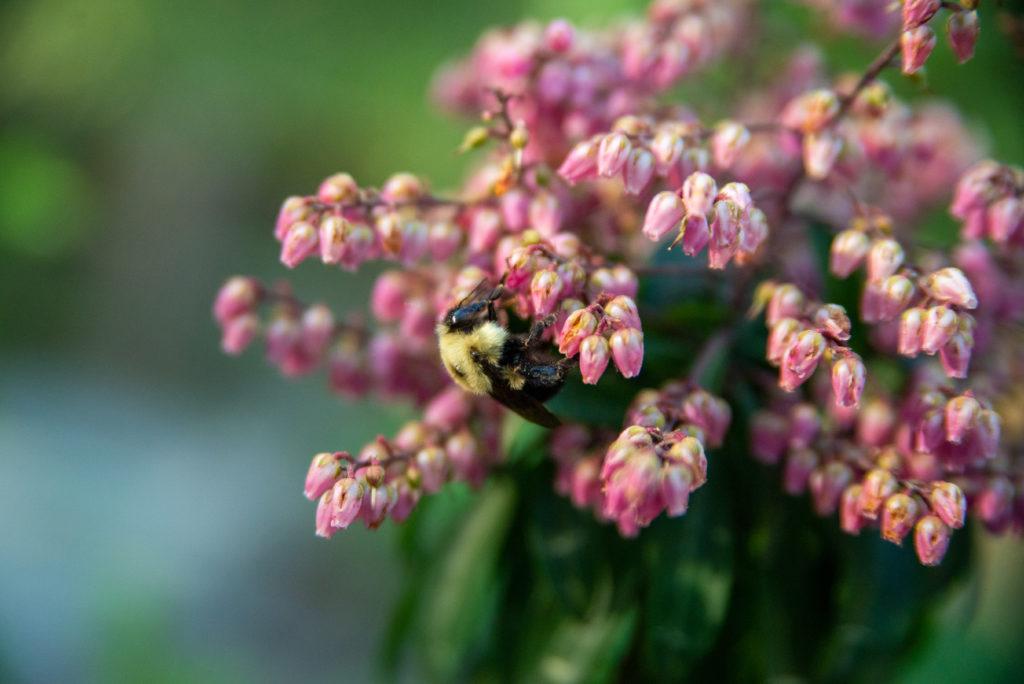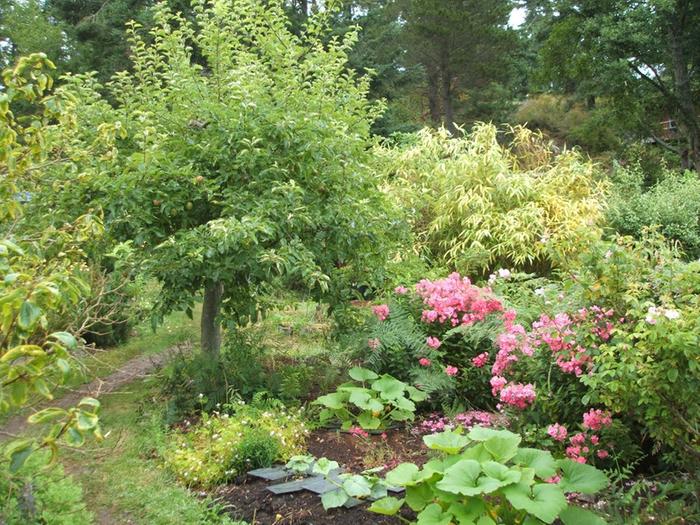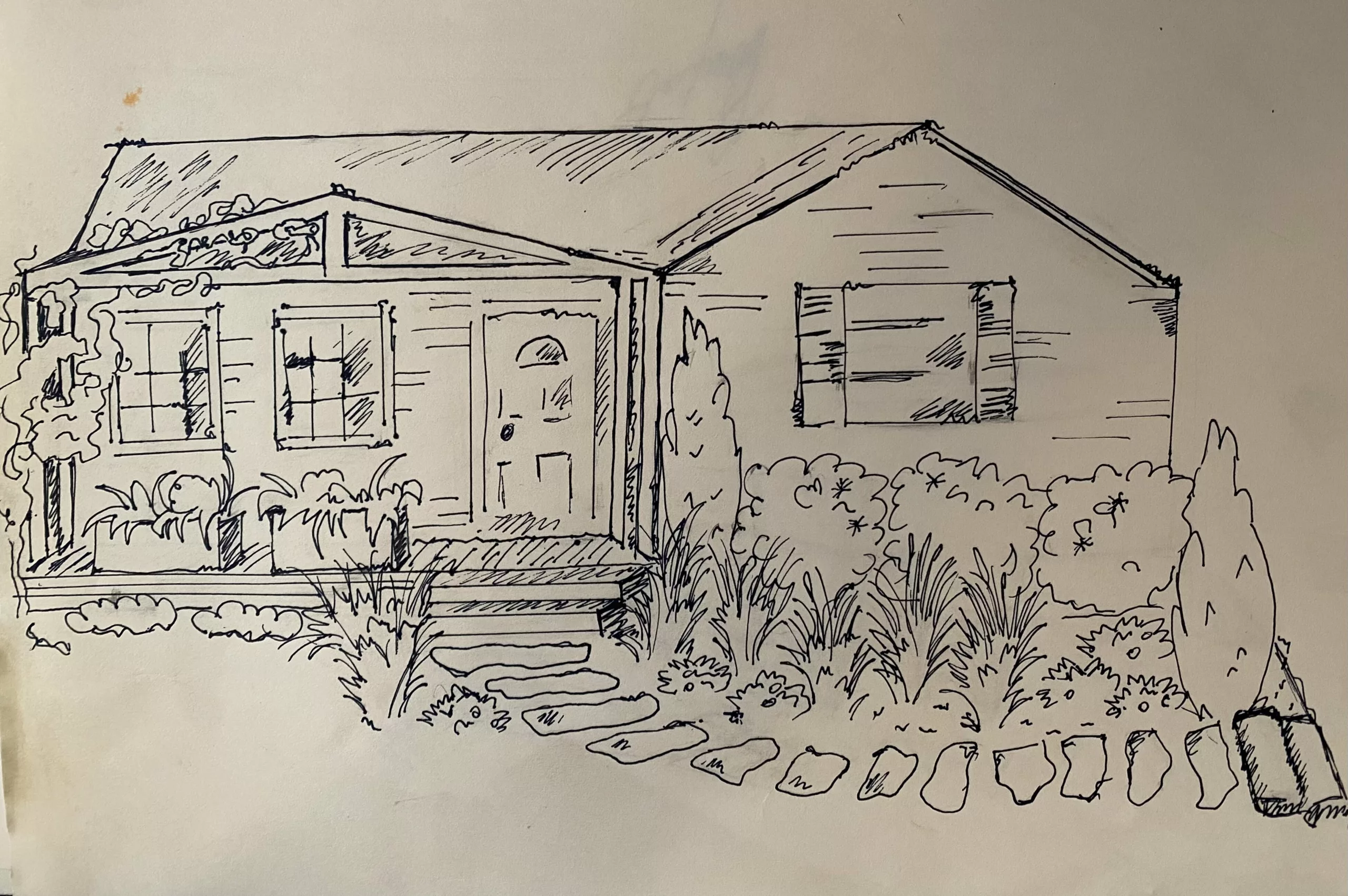Whether your garden has a formal rectangular layout, or natural patterns, then creating harmony in your landscape can be a daunting task. Gardens are living, breathing spaces, with their own cycles and patterns. So why don’t we fine-tune our spaces when we begin the garden design process?
However, new science suggests that when we approach garden design with harmony in mind, it benefits more than just looks, and when we mimic the harmony found in Nature, we use it to our advantage. Which makes our gardens grow bigger and better. Here, we’ll break down some basic do’s and don’ts of creating harmony in the garden.
Image from Gaia’s Garden by Toby Hemenway. Courtesy of Permies.com
Garden Design Do’s:
1. Add Variety!
Variety creates resiliency, and encourages us to get creative in our gardens, so therefore plant something new and see how it changes your landscape, or spice up the garden by blending vegetable and flower beds. Patterns increase the how well the garden fits together and creates harmony in the design.
2. Create Communities
Not all plants are competitors in a garden design. In fact, plants form “communities” around their specific needs. While, for example, a tomato plant vulnerable to aphids will thrive near marigolds who deter the pests. That same marigold attracts bees to pollinate a squash plant, therefore aiding the zucchinis as well. A little research and creativity may inspire new patterns we’ve never planted before!
3. Attract Beneficial Insects
Beneficial insects protect our gardens by pollinating and preying on bugs that pester our beloved plants. Examples of beneficial insects include ladybugs, parasitic wasps, and hover flies. These insects eat a variety of pests, including aphids, army moths, and other harmful bugs. When we design our garden spaces, attracting beneficial insects creates balance between plants and insects, which ultimately becomes harmony within the space itself.
Examples of plants that attract beneficial insects include: Marigolds, Zinnias, Fennel, Purple Coneflower, Common Yarrow, Coreopsis, and Black-Eyed Susan.

Garden Design Dont’s:
1. Create Monocultures
These setups contain plants of only one species or family, which makes these plants in the same family susceptible to the same pests and diseases.
Plus, if everything we plant is the same, there’s no harmony, because everything is the same (not to mention fragile and boring!). Try breaking up plants in the same family into different beds, and while you’re at it, mix in a little of the variety and beneficial flowers mentioned above!

Image courtesy of David Domoney at
https://www.daviddomoney.com/what-plants-to-use-in-a-potager-garden-veg-plot/
2. Split up the garden
While gardens divided by plant-use certainly have their use, if we are seeking a balanced, and eco-friendly design, then integration is the key to everything working well together.
It is tempting to put our vegetables here and flowers there, but instead of leaving your flowers out front and vegetables in the back, challenge your creativity by mixing it up a bit. Mix show-stopping blooms with edible plants to create a community where plants are able to support each other!
3. Sterilize the Garden with Biocides
While this may seem irrelevant to design, hear me out. When we pile on synthetic fertilizers, weed-killers, and pesticides, we do more damage than we realize, and these products destroy our soil in the long-run, and with it, our plants’ ability to thrive. If we destroy our soil, there’s no garden, period. Returning organic matter to our soil through compost and cover cropping is the best way to maintain a long-lasting, healthy, and eco-friendly garden.
***
Gardening is a wonderful outlet to get creative, get connected, and be a part of the world around us, and when we work smarter by observing and mimicking the environment around us, we make our work more rewarding, and contribute to making our yards a healthier– and happier– place.








